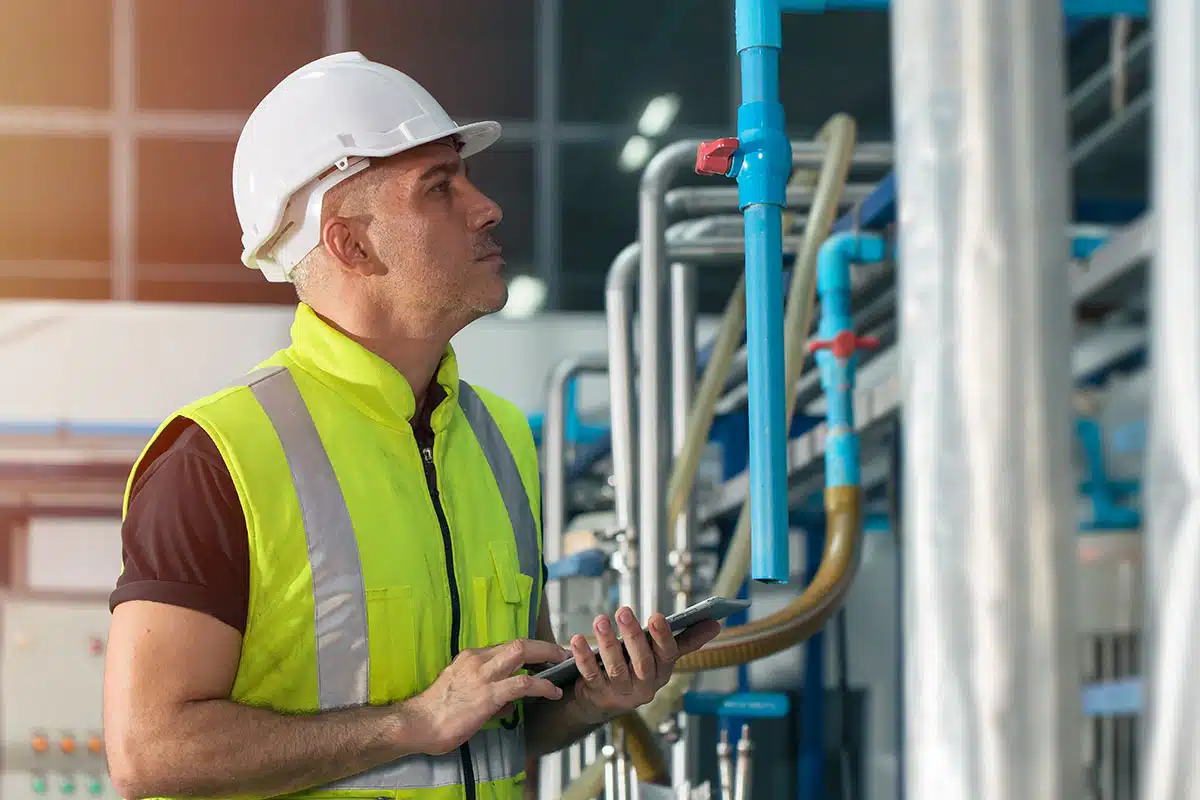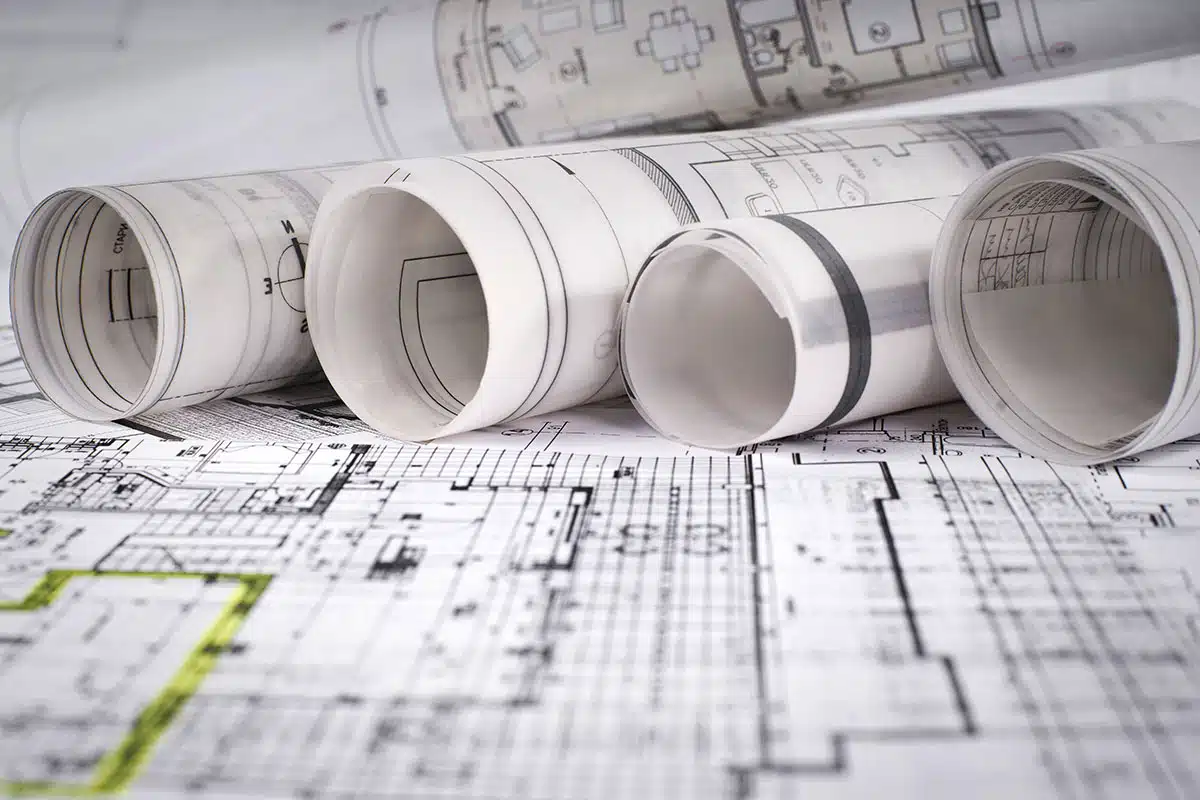As organizations grow and change, so must the facilities that house them. Sounds simple enough, but how do facilities managers and owners ensure that the company’s vision for the future is reflected and supported by its infrastructure and assets? The answer lies in the facilities master plan (FMP).
With the myriad of daily tasks involved in keeping a facility running smoothly, devising a plan can take time, but having a facilities master plan gives you a clear, detailed map of your facility’s capabilities, expansion goals, and upkeep requirements—in short, an overview of your facilities as it pertains to your organization’s goals and mission. It’s a tool that enables strategic and responsible fiscal planning for capital improvements, and enables you to meet your maintenance goals in the most cost-effective manner.
Maybe you already have a facilities master plan that you review every quarter. (In that case, congratulations!) Or maybe you’re trying to remember where the FMP is stored (or which dusty shelf it’s sitting on). Or possibly, you’ve never quite gotten around to creating a facilities master plan. In any case, now is a good time to revisit your FMP, and make sure it’s as comprehensive and useful as possible. Let’s take a look at what’s involved.
Defining the Facilities Master Plan
Revisiting the FMP can be challenging for busy facilities managers, but consistent review is a must to keep things up-to-date and on target. Budgets change, strategies shift, and keeping an eye on regulations is a must.
According to the International Facility Management Association (IFMA) the definition of a facility master plan (aka facilities master plan) is: “A detailed long- or mid-term set of specifications and schedule for implementing elements of a strategic facility plan.” This is important to note because the term “facility master plan” is sometimes used interchangeably with “strategic facility plan” (SFP), but as the definition above indicates, while the two are related, they’re not the same thing.
The SFP sets the overall strategic direction for the organization, and the FMP details the steps needed to achieve these goals, providing a detailed and tangible plan for the facility. For some facilities, the SFP is incorporated into the master plan and referred to as the FMP, while other facilities have a separate but linked SFP. Either way, for an FMP to be effective it needs to work in step with a strategic facility plan that lays out the business or organization’s vision and goals for the facility.
Mapping Out a Facilities Master Plan
Given the vast range of facilities, it goes without saying that FMPs vary according to organizational type, industry cultures, and strategic approaches. Nevertheless, the general format remains the same. All FMPs begin with a current assessment of facility conditions, taking into account future organizational needs as laid out in the strategic plan. Then, based on this assessment, projects are planned and prioritized.
With that in mind, let’s take a closer look at the key points to consider when drawing up a facilities master plan.
Current Facility Assessment
If an FMP is a detailed roadmap that aligns facilities with the organization’s future goals, the starting point has to be an assessment of current facility conditions. Information on all buildings, leased or owned, utilized or not, must be collected and organized. This should include data on building capacity, condition, age, and estimated life expectancy. The information should also include data about energy consumption, waste generation, water usage, and other environmental factors.
If your facility does not currently collect this data digitally, then now is an excellent time to consider using technology such as CMMS software, which enables real-time monitoring and management, giving you the data you need to further hone your FMP. Gathering detailed information will shine a light on how maintenance is conducted and enable you to refine maintenance strategies.

Knowledge is power, and pulling together data on your building portfolio and assets will help you identify strengths and opportunities in addition to weaknesses and gaps. This will allow you to better decide where future capital investments should go.
Organizational Objectives and Strategic Alignment
Since the facilities master plan is driven by the strategic facility plan, it’s critical to be well-versed in the vision laid out by the SFP. This will ensure that the FMP aligns with your organization’s goals for growth and serves these goals instead of holding them back.
Whether your company’s strategic plan is embedded in the FMP or is linked to a separate SFP, it’s important to know what the strategic plan is focused on. Does it account for objectives such as environmental changes, supply chain concerns, or new technologies? What about planned expansions or needed upgrades?
Whatever the strategies are, in order to carry out the objectives, you will likely need to coordinate with multiple stakeholders, including executive leadership and outside bodies such as planning and zoning agencies. Meeting with teams across your organization (for plan development and regular reviews) keeps everyone aware of progress and ensures alignment with the plan. It also ensures that everyone is aware of and in agreement with the FMP’s goals.
Revisiting the FMP can be challenging for busy facilities managers, but consistent review is a must to keep things up-to-date and on target. Budgets change, strategies shift, and keeping an eye on regulations is a must.
Bridge the Gaps Using Scenarios
Once you’ve assessed your facility’s current conditions and reviewed your organization’s goals for the future, the next step is to identify and bridge gaps between the two. This involves scenario building—generating and evaluating alternatives or options based on the information at hand.
Scenarios should consider projected growth, industry trends, and evolving technology, together with considerations extending beyond immediate revenue generation such as regulation, environmental concerns, and objective-meeting criteria. In addition to alignment with objectives, scenarios should estimate feasibility and cost as well as impacts and benefits.
For example, consider a growing manufacturing facility that currently handles order fulfillment in house. In this case, a facilities master plan might evaluate whether adding space, using existing underutilized areas, or outsourcing certain tasks aligns best with the strategic facility plan.
Maintenance is another area up for consideration when devising scenarios. Switching from a reactive to a proactive maintenance strategy can reduce both costs and downtime. Adding sensors that monitor equipment health in real-time, streamlining work order processes, and training personnel on CMMS software can make it easier to achieve organizational goals.
Planning and Prioritizing Projects
Scenario planning helps you categorize and rank projects by priority. It may be urgent to replace large, expensive equipment such as HVAC systems. Or perhaps prioritizing your technology upgrades will be most beneficial.
Determining your priorities starts with creating a criteria-based system for evaluating projects. Criteria may include strategic alignment, urgency, impact on operations, compliance requirements, and cost. It’s important to develop a list of criteria that enables you to conduct an apples-to-apples comparison among possible projects. This will allow you to consider all the impacts and benefits, and to address your most urgent needs first.
Continual Development and Review

The final FMP will be a detailed plan that includes building schematics as well as performance measures and projected budgets for each project, and of course an implementation timeline.
Once the plan is approved by the relevant stakeholders, it’s time to get started. But even then, the FMP process isn’t over, because as soon as you start executing on the FMP, you should schedule your first review. Periodic reviews are important to ensure that goals are being met, and that these goals are still in alignment with your organization’s needs.
Reaping the Rewards
Creating a successful FMP requires substantial work: compiling accurate data, careful planning and strategizing, and ensuring stakeholder involvement and continual review. But the rewards are also substantial.
By offering a detailed roadmap that balances short-term needs with long-term visions, FMPs enable efficient resource allocation, enhance operational efficiency, and align facilities with overarching organizational goals. After all, facilities are a cornerstone of an organization’s success, providing the physical infrastructure necessary for its operations. And a well-crafted, forward-looking facilities master plan is a key tool for ensuring the smooth, profitable operation of a company’s facilities.
